This case study breaks down how we, with Robronic Media, helped a wellness brand grow fast using Google Ads. In just 24 days, they scaled from zero to 738 orders in the Netherlands and Belgium—without burning the budget.
This article explains exactly how that was done, what systems were used, and how you can apply the same steps.
Starting From Zero with Google Ads
The wellness brand started with no previous Google Ads data. Before Robronic Media, they mostly relied on Meta for advertising. It was doing well. They also tested TikTok but didn’t get the results they wanted.
That’s where Robronic Media came in. The goal was simple: add Google Ads as an additional channel to drive more traffic and profit. In the first 24 days of running campaigns, they generated 738 orders with a ROAS of 3.24. Their break-even ROAS was just 1.6—meaning the campaigns were clearly profitable.
Step 1: Fixing Tracking and Setup
Before launching any campaigns, the first step was to fix their tracking. Their original setup using Google Tag Manager was around 40% accurate. That wasn’t enough. We moved them to Triple Whale, which improved tracking accuracy to about 90%.
They also cleaned up issues in the Merchant Center to avoid errors and improve visibility. Google Analytics 4 was connected, and all data was routed through a Shopify site with funnel pages.
This step made sure that when the ads went live, the data behind every order was accurate and easy to monitor.
Step 2: Launching Cold Traffic Campaigns
We launched campaigns for cold audiences with tracking in place. These included:
Search campaigns for specific audiences
Shopping ads for top products
YouTube and display campaigns
The focus was on keywords relevant to the wellness niche in the Netherlands and Belgium. We improved product titles and descriptions to fit what people search for. This drew in people who were already seeking similar solutions or products.
Step 3: Warming Up the Audience
Once cold traffic started flowing in, the next step was to target warm traffic. This included people who had already seen the brand on other platforms like MA or had interacted with the site.
We created campaigns using their brand. We also targeted the names of competitors. This helped them stay visible and attract users looking for similar products.
The goal here was to spend the budget where the likelihood of converting was higher.
Step 4: Retargeting Hot Leads
The final step was retargeting hot leads—people who had already visited the website or interacted with their ads.
We created remarketing campaigns in various formats. We also tested various funnels to see which ones led to more conversions. They could now adjust their messages and offers based on what worked best.



